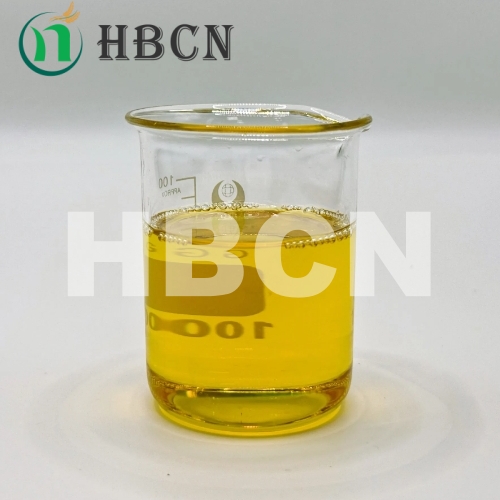
Sep . 28, 2024 17:56 Back to list
pyraclostrobin boscalid fungicide products
Understanding Pyraclostrobin and Boscalid Fungicides A Comprehensive Overview
Pyraclostrobin and boscalid are two widely used fungicides in modern agriculture, celebrated for their effectiveness in managing a variety of fungal diseases in crops
. Both belong to distinct classes of fungicides—pyraclostrobin is a member of the strobilurin class, while boscalid falls under the carboxamide class. Together, they represent a powerful tool in the integrated pest management practices of farmers worldwide.Pyraclostrobin acts by inhibiting mitochondrial respiration in fungi, effectively stalling their growth and preventing sporulation. This mode of action not only allows for the control of existing fungal populations but also provides protective measures against future infections. Its broad-spectrum activity makes it particularly valuable for treating a range of crops, including fruits, vegetables, and grains, where diseases like powdery mildew and leaf spot can have devastating effects on yield and quality.
Boscalid complements pyraclostrobin’s action through a different mechanism, targeting the cellular respiration processes of fungi but in a manner distinct from strobilurins. This unique mode of action helps in managing disease resistance, as it decreases the likelihood of fungi developing resistance to treatment. When used in combination, pyraclostrobin and boscalid form a robust fungicidal strategy that maximizes efficacy while minimizing the potential for resistance development.
pyraclostrobin boscalid fungicide products

The use of these fungicides has been associated with significant improvements in crop health and productivity. For instance, in grape and potato production, the application of pyraclostrobin and boscalid has shown remarkable results in reducing the incidence of diseases such as botrytis and blight. This not only helps in maintaining the quality of the produce but also increases the marketability and profitability for farmers.
However, the application of pyraclostrobin and boscalid is not without considerations. To maximize their effectiveness and minimize environmental impact, farmers must adhere to recommended application rates and timing. Over-reliance on these chemicals can lead to residual buildup in the environment and potential harm to non-target organisms, including beneficial insects and soil microorganisms. Furthermore, regulatory guidelines often dictate specific usage protocols to ensure that these fungicides are applied responsibly.
In addressing these concerns, integrated pest management (IPM) practices advocate for the use of pyraclostrobin and boscalid in conjunction with other control methods. This holistic approach not only enhances disease management but also promotes sustainable agricultural practices. Crop rotation, the introduction of resistant plant varieties, and cultural practices can all help in reducing disease pressure, allowing for a more balanced and responsible use of chemical controls.
In conclusion, pyraclostrobin and boscalid represent significant advancements in the field of crop protection. Their complementary modes of action provide an effective means of managing fungal diseases, ultimately supporting agricultural productivity and sustainability. As farmers increasingly adopt these fungicides, understanding their usage and implications becomes paramount to ensure that they continue to serve as valuable resources in the quest for healthy crops and food security.
-
Emamectin Benzoate: AI-Optimized Pest Control Solution
NewsAug.01,2025
-
Best Abamectin 95% | Top Pesticide for Crop Protection
NewsJul.31,2025
-
Insecticide Spirotetramat 11% + Thiacloprid 11% SC at Good Price
NewsJul.30,2025
-
Best Abamectin SDS - Premium Quality & Reliable Safety Data
NewsJul.29,2025
-
Agrochemicals Pesticides Solutions for Sustainable Farming
NewsJul.29,2025
-
High-Quality Tebuconazole Fungicide for Crop Protection at Best Price
NewsJul.29,2025
